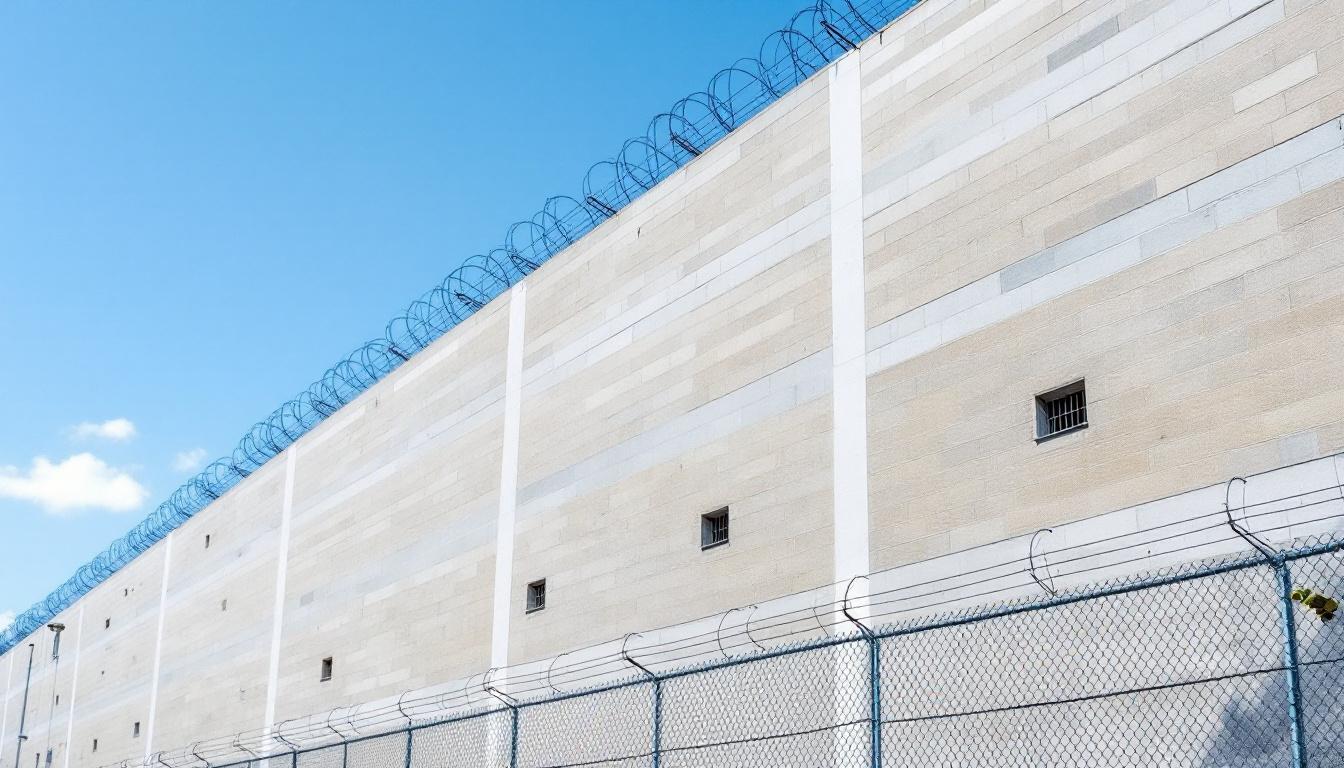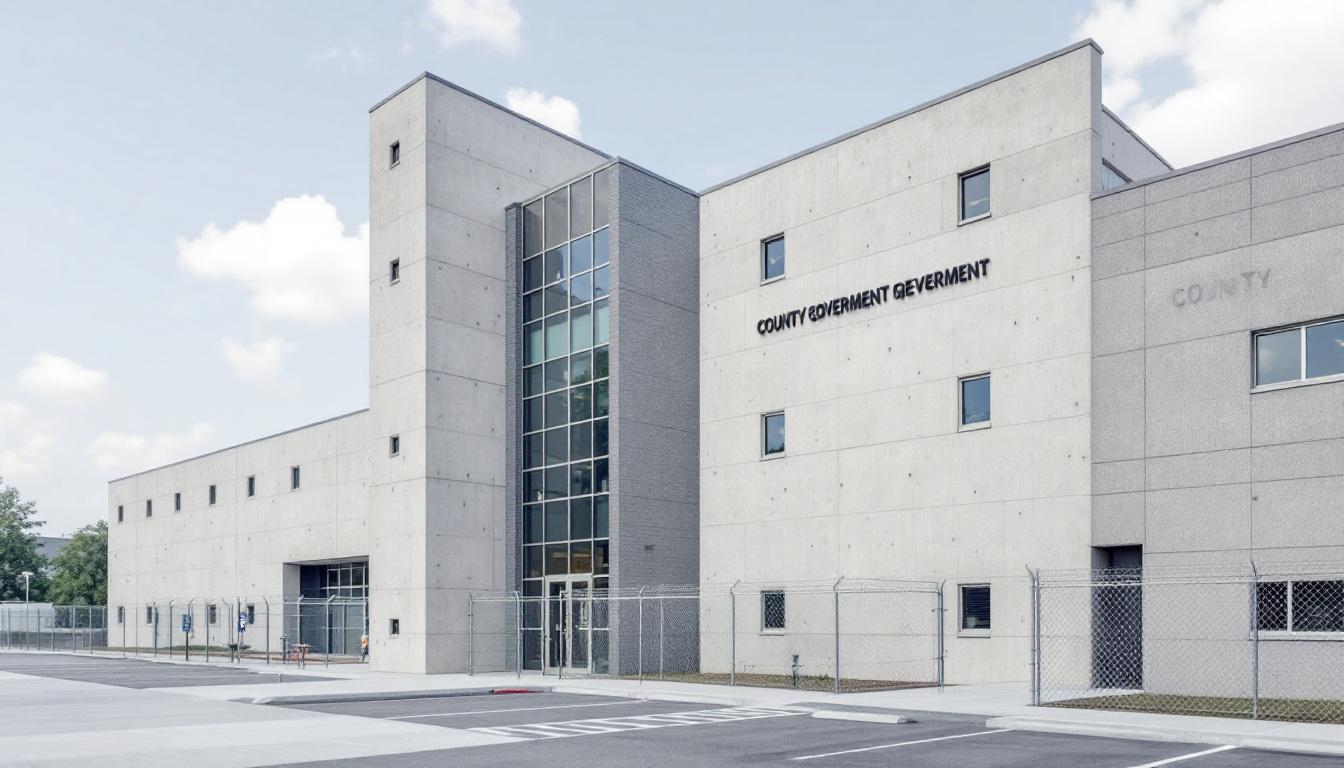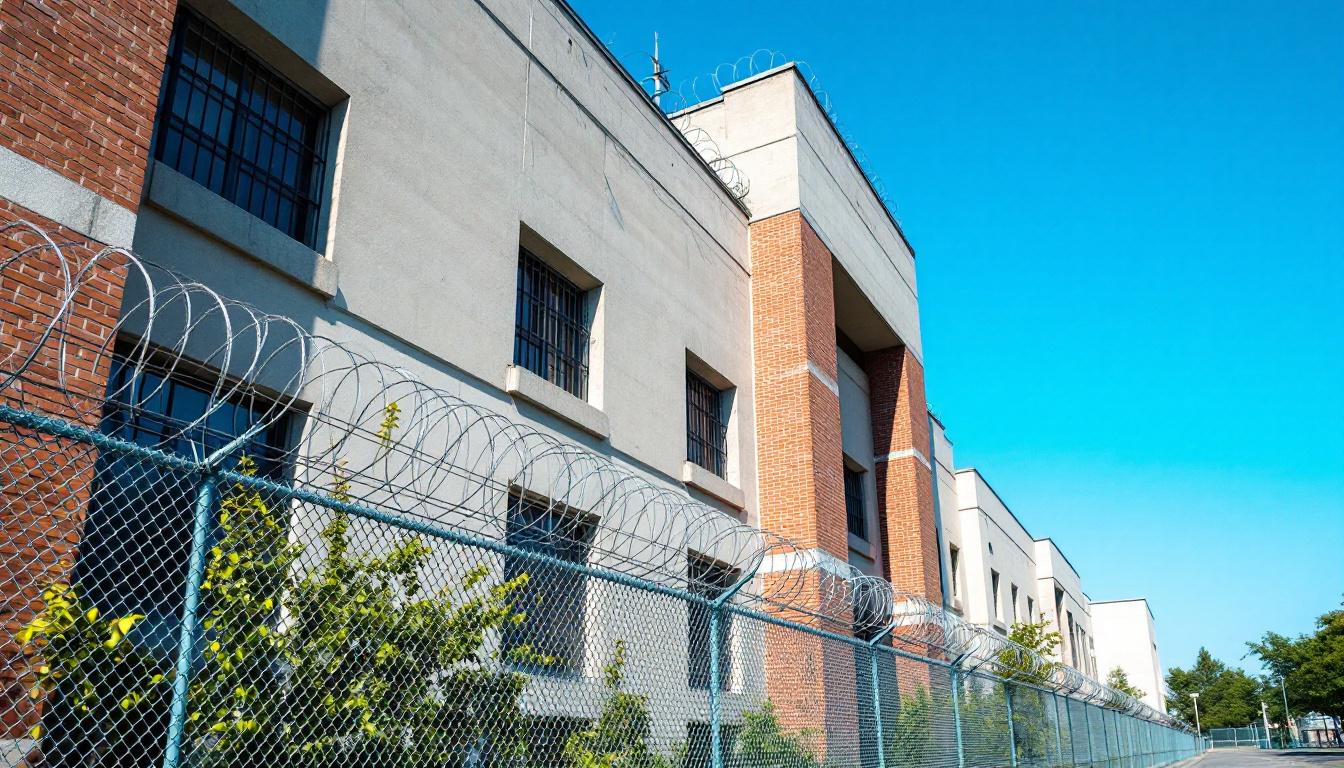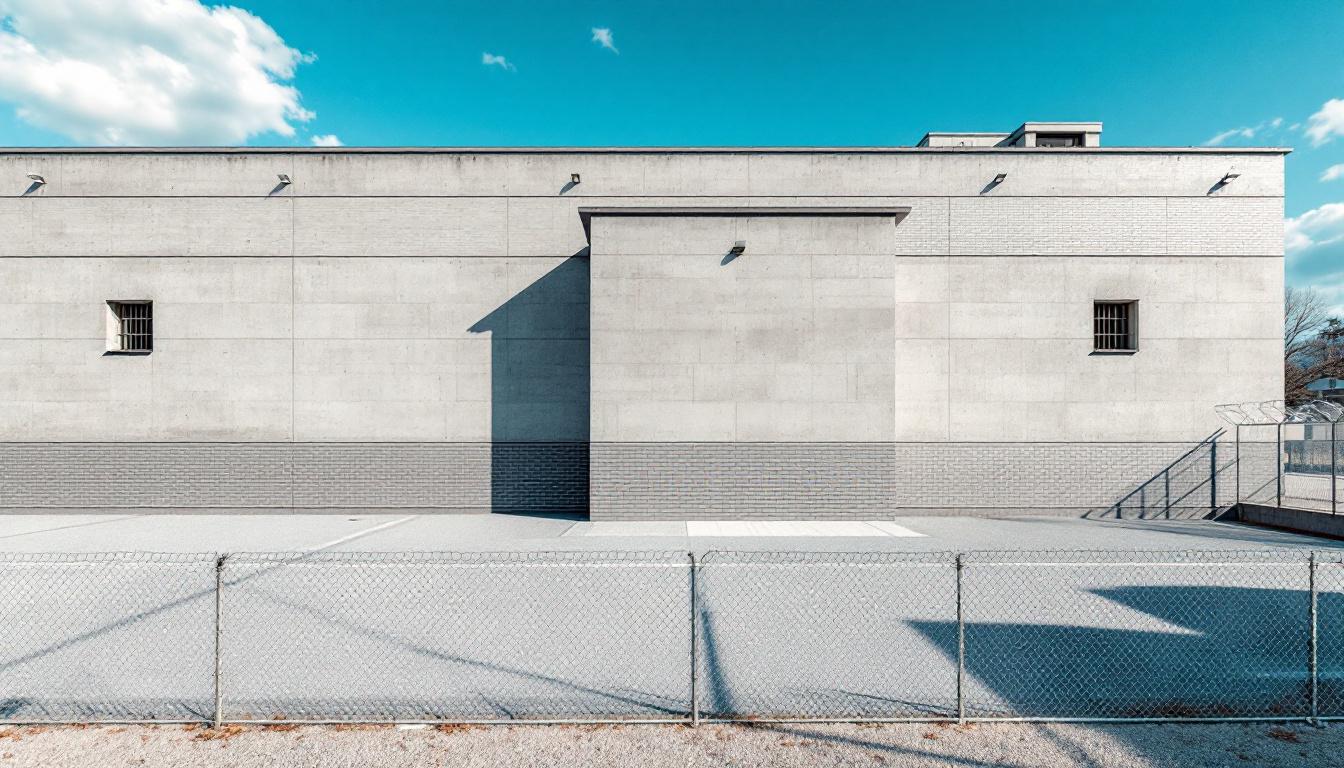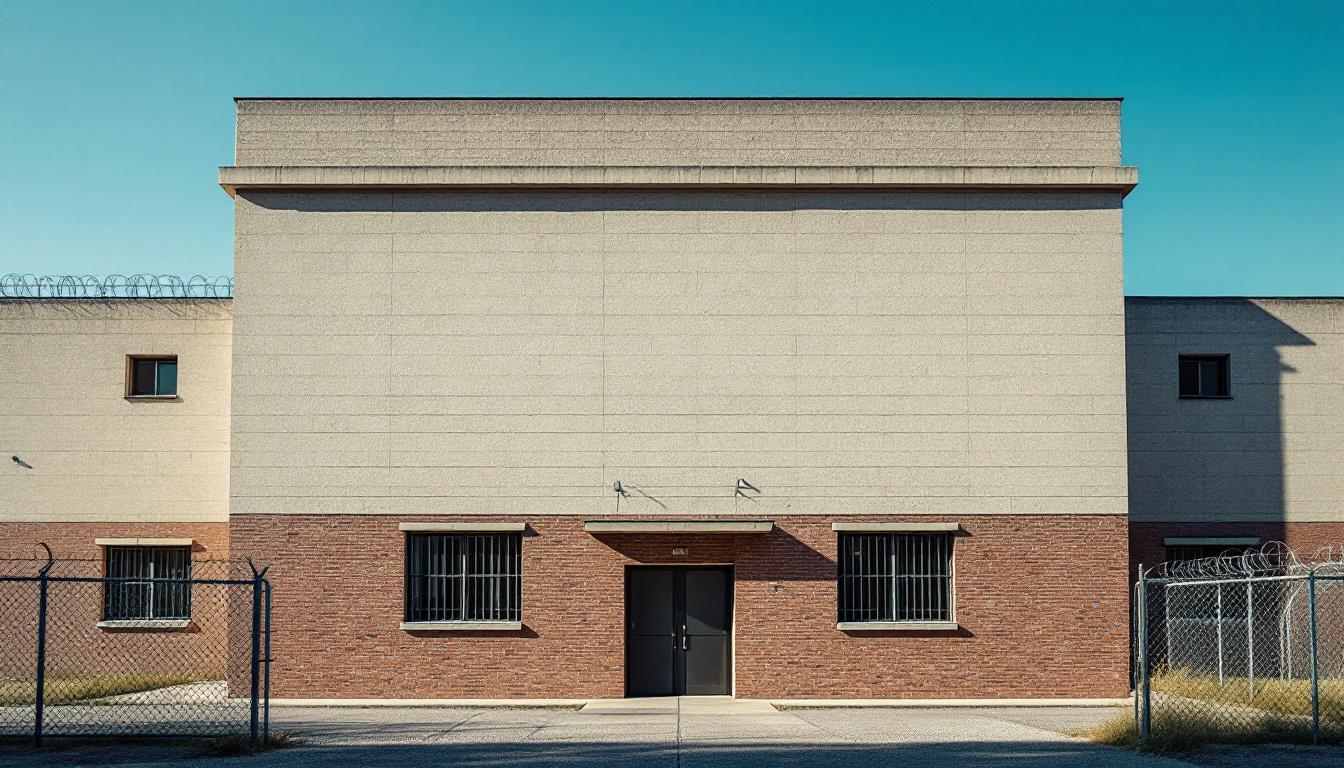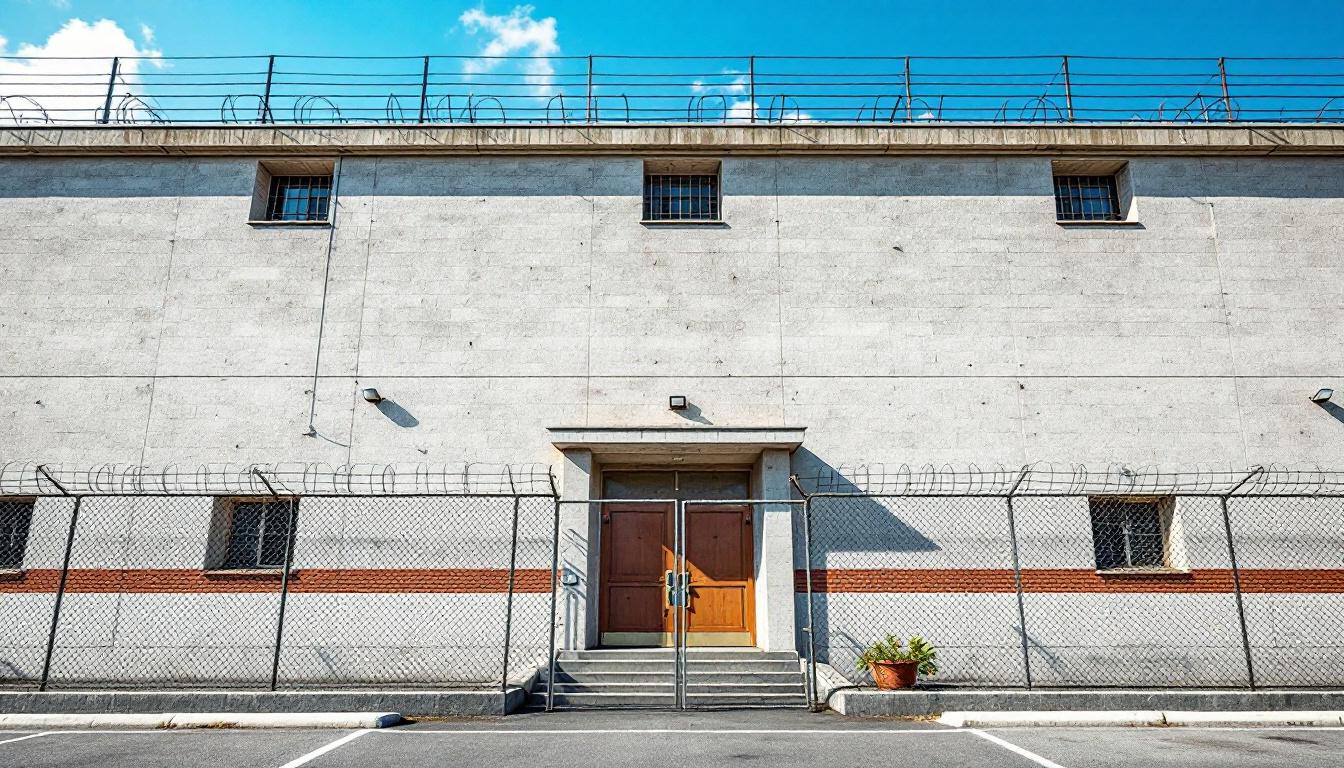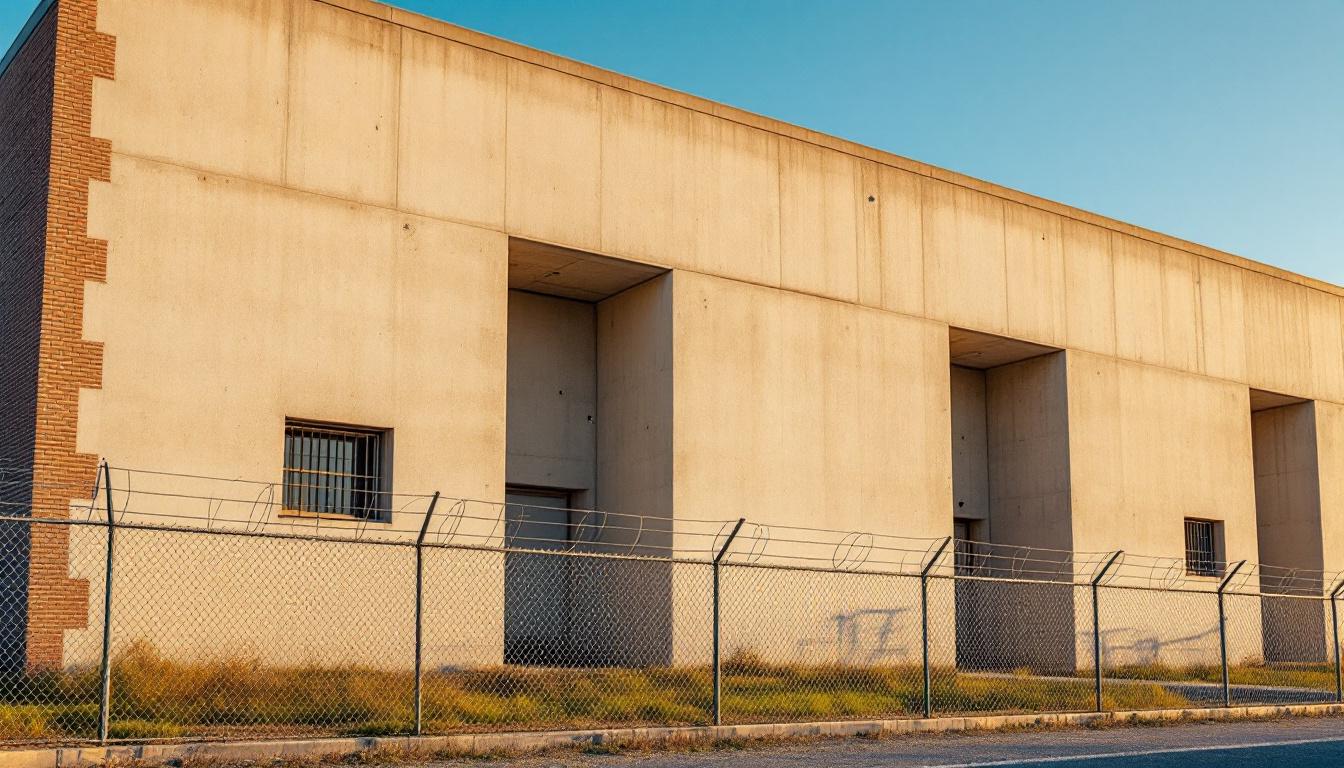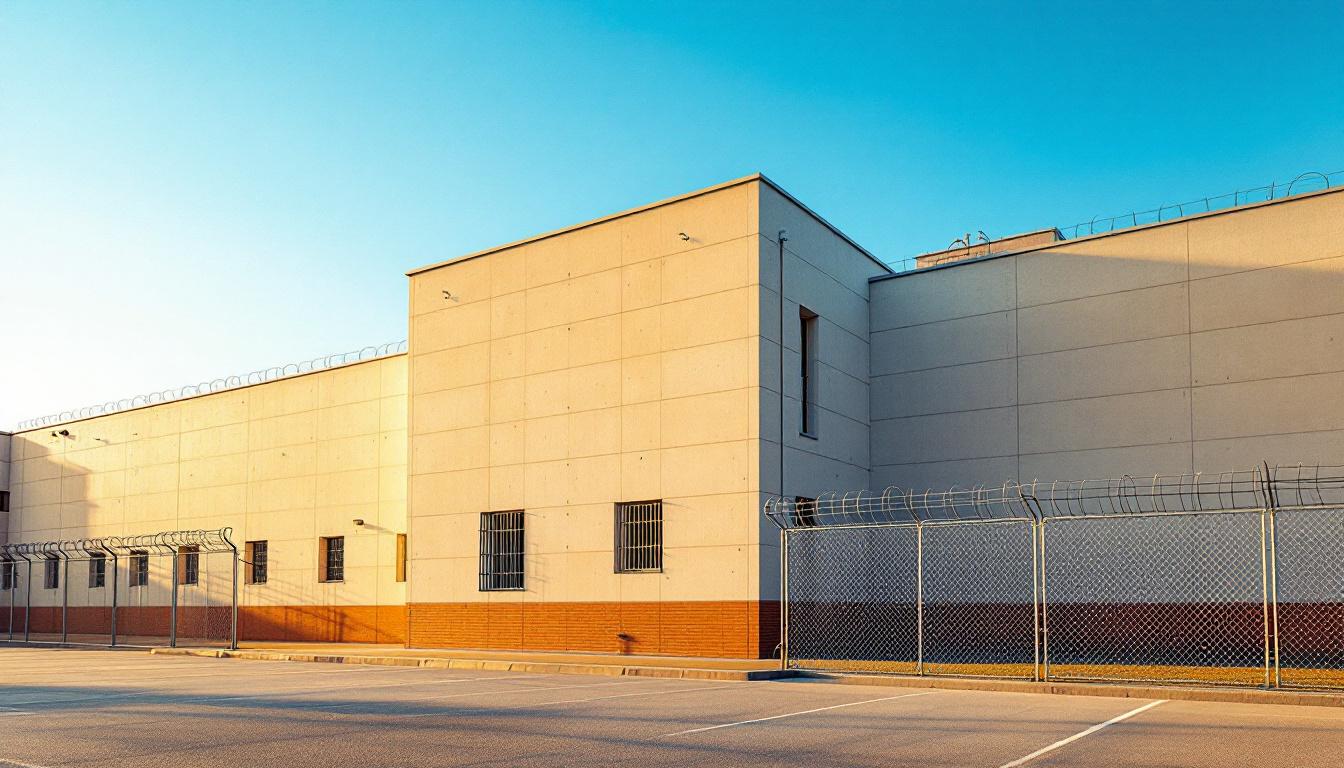
Quick Navigation
How to contact an inmate at Thomas R. Mechler Unit
This comprehensive guide will walk you through how to connect with an inmate at Thomas R. Mechler Unit. Follow the steps below to find an inmate and send letters and photos:
- Search for the inmate using our search tool below
- Create your account or log in to Penmate
- Write your message (up to 6,000 characters)
- Send instantly - inmates receive printed copies daily
Find an Inmate
Search for an inmate to start communicating today
Tip: You can search by first name, last name, or inmate ID number
To contact a person at Thomas R. Mechler Unit start by searching for the person on the official facility website. Perform a search by following these steps:
- Step 1: Enter their first name and last name into the search form and click "Search"
- Step 2: Locate their inmate record
- Step 3: Write down their Inmate ID and any housing information provided
Important! Be sure to enter the person's full name. Nicknames should not be used.
How to Send Messages to Inmates

You can use your phone or computer to send emails, letters, and photos to an inmate. Messages are sent electronically to inmate tablets or kiosks at the facility. If you would like to send a message, start by searching for an inmate at Thomas R. Mechler Unit.
Sending Photos and Postcards

A great way to send love and support to a loved one at Thomas R. Mechler Unit is to send photos and postcards. It only takes a few minutes to send photos from your phone and it makes a huge difference. You can also mail postcards with words of support and inspiration, or design your own postcard for special moments like birthdays and holidays.
Important! Be sure not to send any explicit photos or they may not be approved by the facility. You can also use a photo printing app like Penmate to make sure your photos are printed at the correct size (4x6 or 3x5) and are mailed according to the rules and regulations of Thomas R. Mechler Unit.
Frequently asked questions about Thomas R. Mechler Unit
-
How long does it take to deliver a message?
If you're sending an email message your letter is usually delivered within 24-48 hours. For messages sent via mail you should expect delivery within 3-7 days. All messages will need be approved by Thomas R. Mechler Unit.
-
How much does it cost to send a message to Thomas R. Mechler Unit?
You can send a message free using your phone or mail a message via USPS for the price of a $0.60 stamp and envelope. You can also purchase credits or e-stamps from services starting at $1.99.
-
What services can I use to contact an inmate at Thomas R. Mechler Unit?
Penmate
You can use Penmate to send letters and photos to an inmate from your phone. It's an easy way to stay in touch during your loved one's incarceration. Use the inmate locator to find an inmate's location and contact information, then you can send messages within a few minutes.
Securus messaging
Securus may be another option for communicating with an inmate at Thomas R. Mechler Unit. You can create a friends and family account and purchase credits to send messages. All messages will be reviewed and must be approved by the facility.
JPay
Some county jails and state prisons may support sending messages with JPay. You must register an account with the system, find your loved one, and purchase stamps to send messages. For some locations you can also attach photos.
Smart Jail Mail
You may also check if Smart Jail Mail is available at Thomas R. Mechler Unit. Smart Jail Mail is operated by Smart Communications and has contracted with some state and county jails. After purchasing credits, your messages and photos are sent to the facility, printed out, and then handed out to your loved one.
-
What is the mailing address of Thomas R. Mechler Unit?
Mailing address:
Thomas R. Mechler Unit
4000 TX-86
Tulia, TX 79088
Phone: (806) 995-4109 -
What are the visiting hours at Thomas R. Mechler Unit?
Visiting hours at Thomas R. Mechler Unit vary by housing unit and security level. Generally, visits are scheduled on weekends and holidays, with some facilities offering weekday visits. Contact the facility directly at (806) 995-4109 or check their website for the current visiting schedule. Visits typically last 30-60 minutes and must be scheduled in advance.
-
What items are prohibited when sending mail to Thomas R. Mechler Unit?
Prohibited items typically include: cash, personal checks, stamps, stickers, glitter, glue, tape, staples, paperclips, polaroid photos, musical or blank greeting cards, hardcover books, magazines with staples, and any items containing metal or electronics. Only send letters on plain white paper with blue or black ink. Photos must be printed on regular photo paper (no Polaroids). Always check with Thomas R. Mechler Unit for their specific mail policies.
-
How do I send money to an inmate at Thomas R. Mechler Unit?
You can send money to an inmate at Thomas R. Mechler Unit through several methods: 1) Online using JPay, Access Corrections, or the facility's approved vendor, 2) Money orders mailed directly to the facility with the inmate's name and ID number, 3) Kiosks located in the facility lobby, or 4) Over the phone using a credit or debit card. Fees vary by method, typically ranging from $2.95 to $11.95 per transaction.
-
Can I schedule a video visit with an inmate at Thomas R. Mechler Unit?
Many facilities now offer video visitation as an alternative to in-person visits. At Thomas R. Mechler Unit, video visits may be available through services like Penmate, Securus Video Connect, GTL, or ICSolutions. Video visits typically cost $10-20 for 20-30 minutes and must be scheduled in advance. You'll need a computer or smartphone with a camera and reliable internet connection. Contact the facility for their specific video visitation policies and approved vendors.
-
What identification do I need to visit an inmate at Thomas R. Mechler Unit?
All visitors must present valid government-issued photo identification such as a driver's license, state ID, passport, or military ID. Minors must be accompanied by a parent or legal guardian who can provide the minor's birth certificate. Some facilities require visitors to be on the inmate's approved visitation list, which may require a background check. Contact Thomas R. Mechler Unit for specific ID requirements and visitor approval procedures.
-
How can I find out an inmate's release date?
To find an inmate's release date at Thomas R. Mechler Unit, you can: 1) Use the online inmate search tool if available, 2) Call the facility's records department, 3) Contact the inmate's case manager or counselor, or 4) Have the inmate provide this information during a call or visit. For privacy reasons, some facilities only release this information to immediate family members.
Facility Overview
Official Website

About Thomas R. Mechler Unit
Nestled in the agricultural heart of the Texas Panhanains, the Tulia Unit serves as a cornerstone of the state's correctional system while contributing meaningfully to both public safety and offender rehabilitation. This TX correctional facility operates within a community-centered environment where the expansive landscapes of Swisher County provide a backdrop for structured programming and personal growth opportunities.
The facility typically emphasizes educational advancement and vocational skill development, recognizing that meaningful change often begins with providing residents services that address underlying factors contributing to criminal behavior. Programs may include literacy enhancement, substance abuse counseling, and job readiness training designed to prepare individuals for successful community reintegration. The correctional facility generally maintains partnerships with local educational institutions and workforce development organizations to ensure programming remains relevant to regional employment opportunities.
Through its comprehensive approach to rehabilitation, Tulia Unit demonstrates how correctional facilities can serve dual purposes within their communities. While maintaining security standards essential for public safety, the facility often focuses on evidence-based practices that reduce recidivism rates and support long-term behavioral change. This balanced approach typically includes mental health services, family reunification programs, and pre-release planning that helps residents transition successfully back into Texas communities, ultimately strengthening both individual lives and public safety outcomes across the region.
Programs & Services
Rehabilitation through structured learning and personal development forms the cornerstone of Tulia Unit's comprehensive approach to resident transformation. The facility typically emphasizes skill-building initiatives that address both immediate needs and long-term reintegration goals. These efforts often focus on creating pathways for residents to develop practical abilities while simultaneously addressing underlying issues that may have contributed to their incarceration.
Educational and vocational initiatives at the facility may deliver training opportunities designed to prepare residents for employment upon release. Vocational training programs often include hands-on instruction in various trades, allowing participants to gain marketable skills while serving their sentences. These programs typically complement basic educational services, creating a foundation for continued learning and professional development. Moreover, work programs within the facility provide residents with opportunities to develop workplace habits and responsibility while contributing to facility operations.
Therapeutic and support services often include group therapy sessions that address behavioral patterns and personal challenges. Faith-based initiatives may offer spiritual guidance and community support for residents seeking this form of assistance. Additionally, victim awareness programs typically help participants understand the impact of their actions on others and the broader community. These therapeutic initiatives often work in conjunction with other support services to create a comprehensive approach to personal growth and accountability, helping residents develop the tools necessary for successful reintegration into society.
Daily Life & Visitation
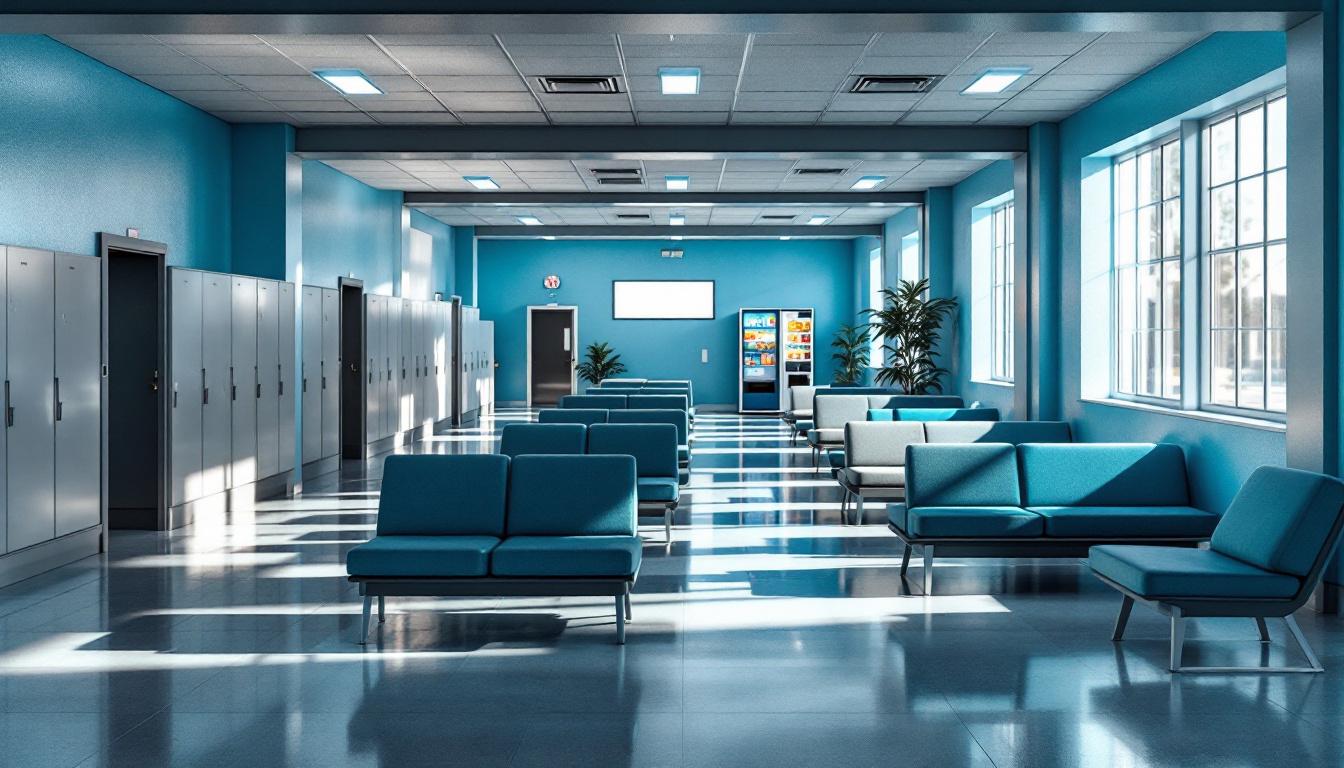
Structure now governs every aspect of daily life, with residents following carefully planned routines that begin before dawn and continue through evening hours. The predictable schedule typically includes designated times for meals, work assignments, educational programming, and recreation. Residents regularly participate in count procedures throughout the day, which serve as checkpoints that help maintain facility security and accountability. This consistent framework delivers stability that many residents find helpful in managing their time and focusing on personal goals.
Living accommodations at the facility generally consist of shared housing units where residents maintain personal spaces within dormitory-style or cell-based arrangements. Moreover, residents typically have access to basic amenities including bedding, personal hygiene items, and limited personal property storage. The dining experience usually involves scheduled meal times in common areas, with menus that aim to provide balanced nutrition while accommodating various dietary needs and restrictions. Whereas some facilities may offer different dining arrangements, residents here generally eat together in designated areas that promote social interaction within structured guidelines.
Work assignments often include facility maintenance, kitchen duties, laundry services, and various support roles that help maintain daily operations. These job opportunities typically provide residents with skills training and a sense of purpose while contributing to the facility's functioning. Programming schedules may deliver educational classes, vocational training, and counseling services designed to support rehabilitation goals. Family connections remain important through scheduled visitation periods and communication options such as phone calls and correspondence, which help residents maintain relationships with their support systems outside the facility. Recreation opportunities usually include outdoor exercise time, indoor activities, and access to library resources that provide constructive ways to spend free time.
Ready to Connect?
Start communicating with your loved one today
Search for an Inmate
